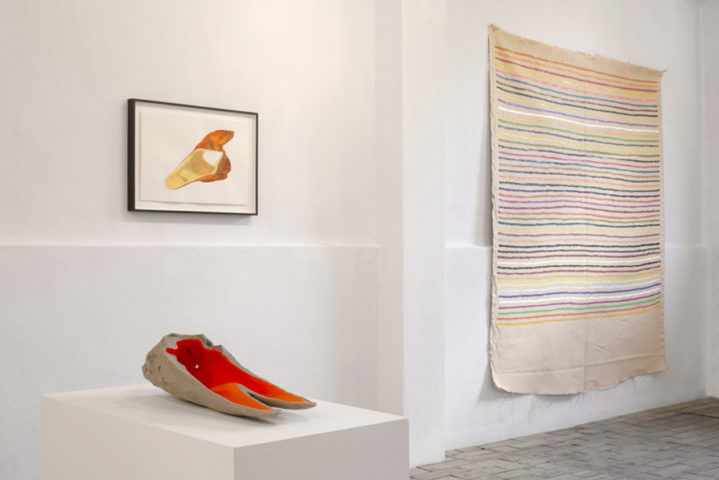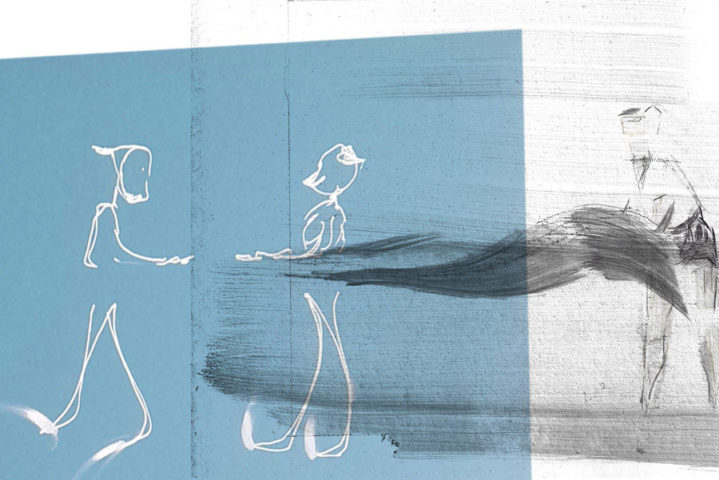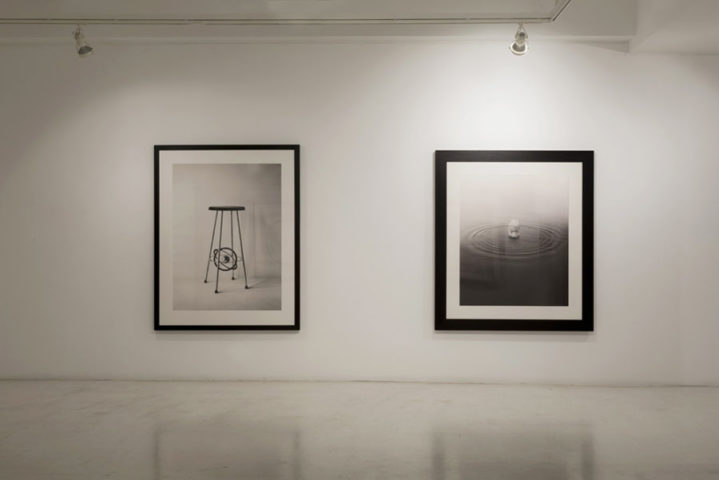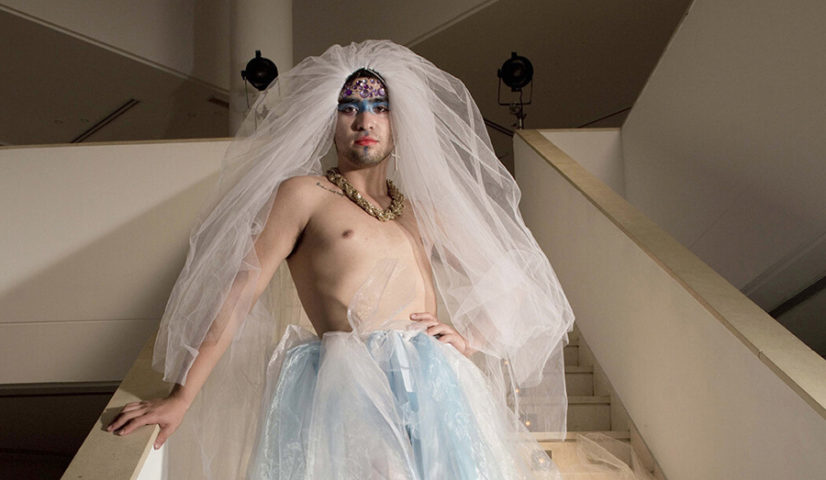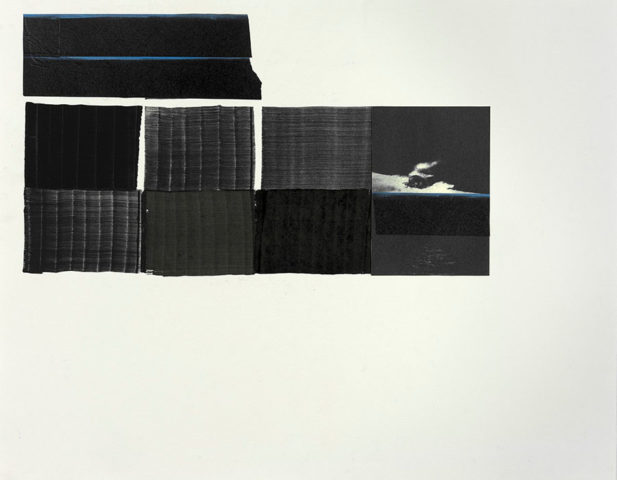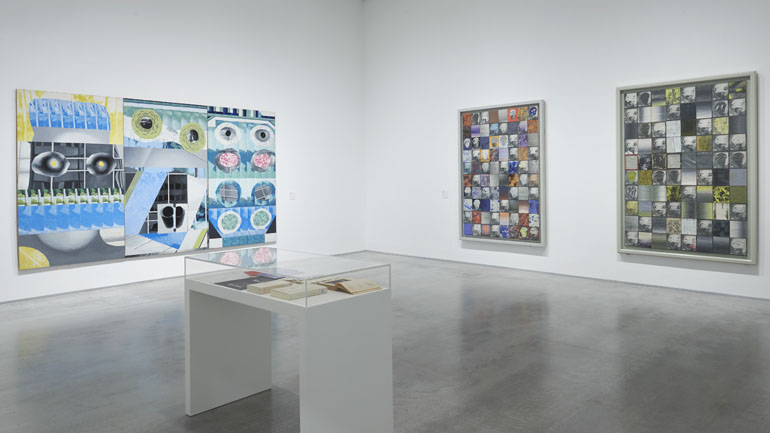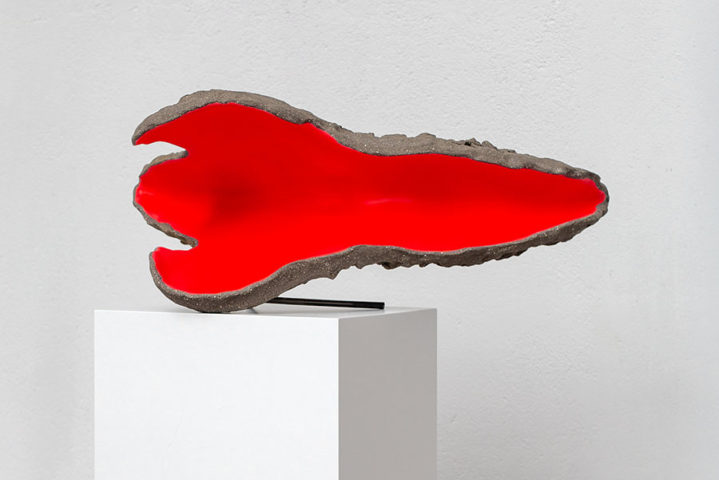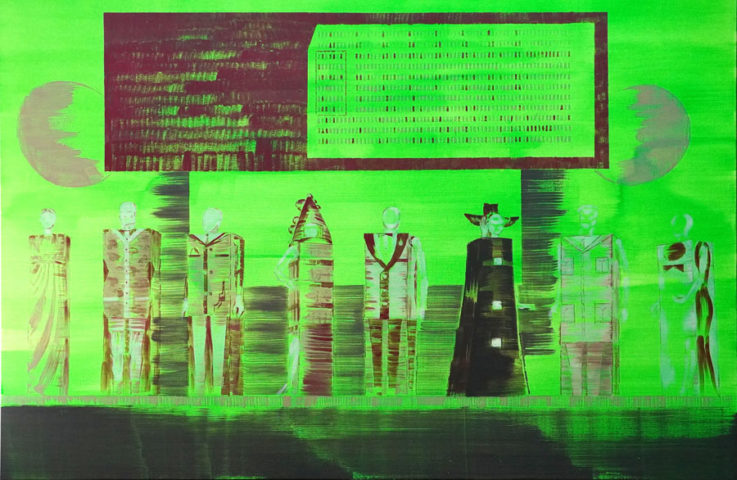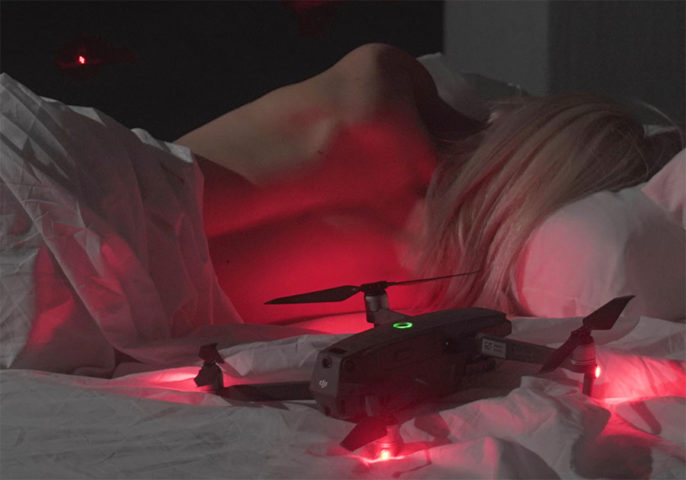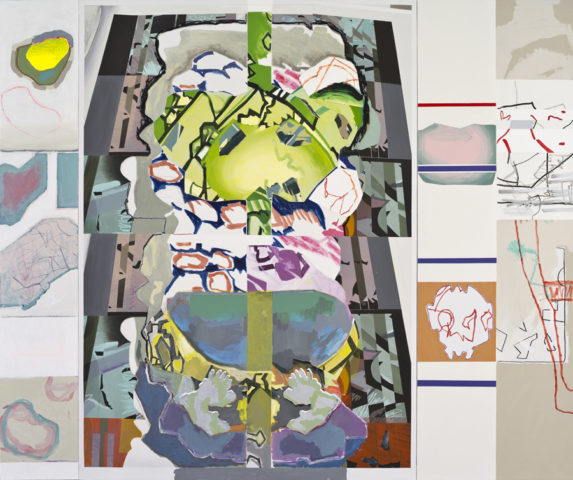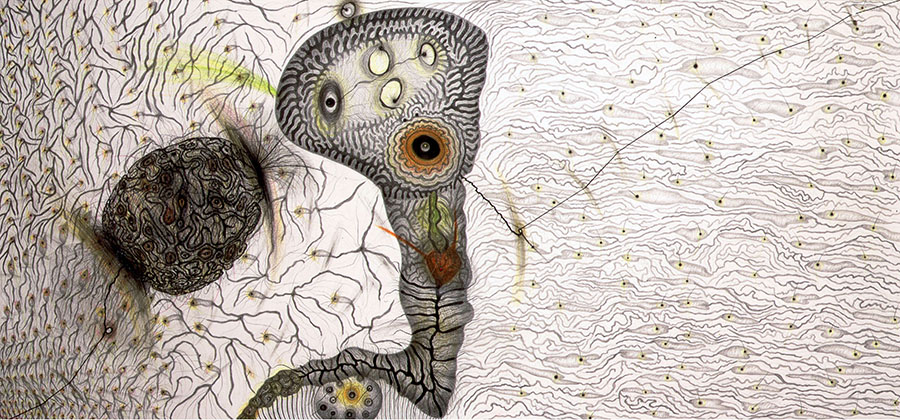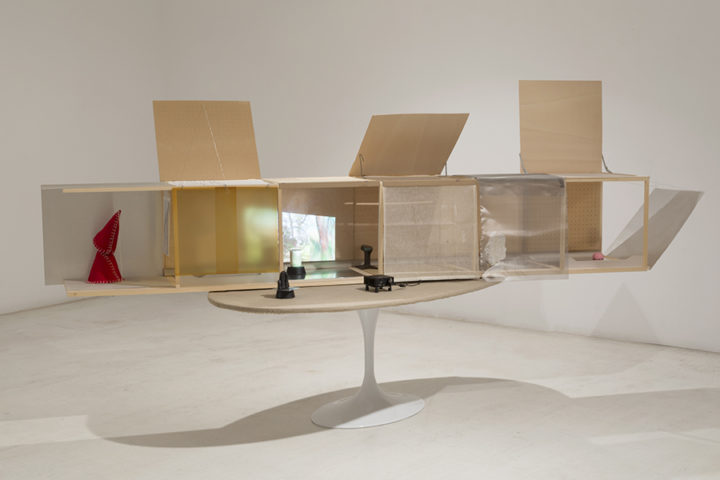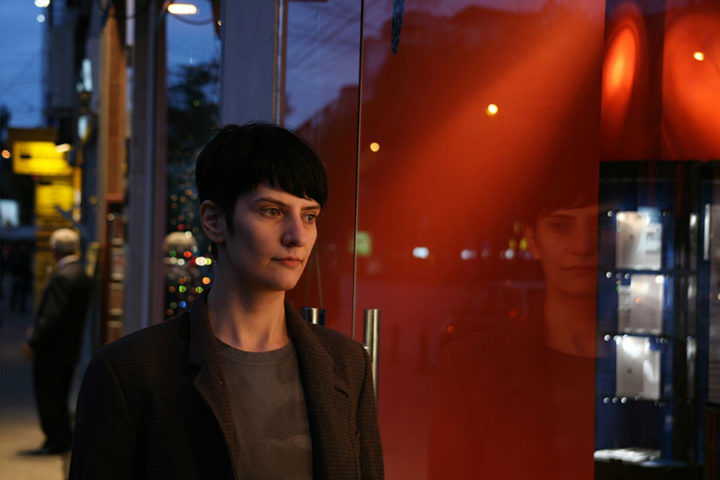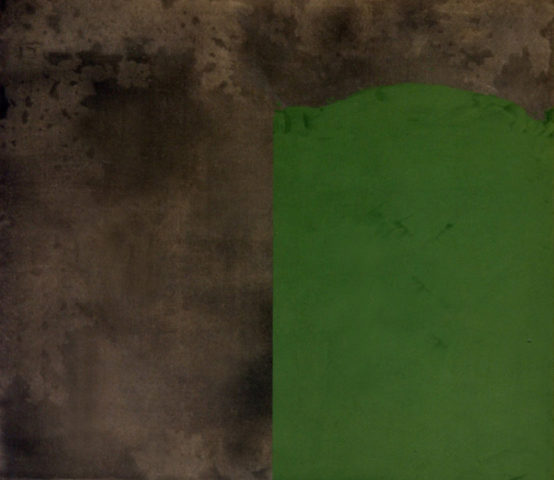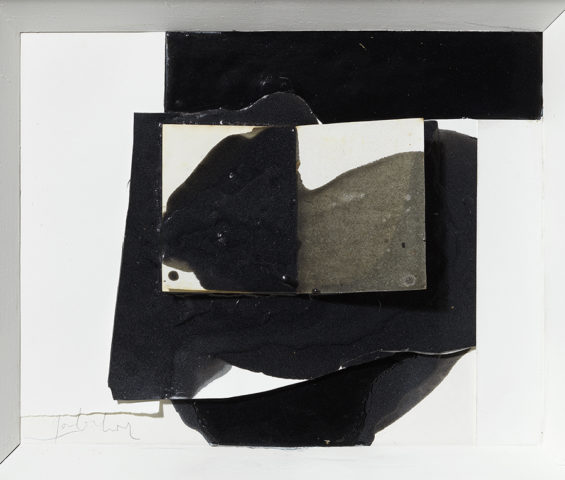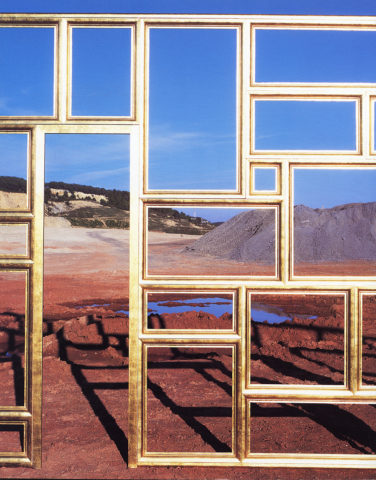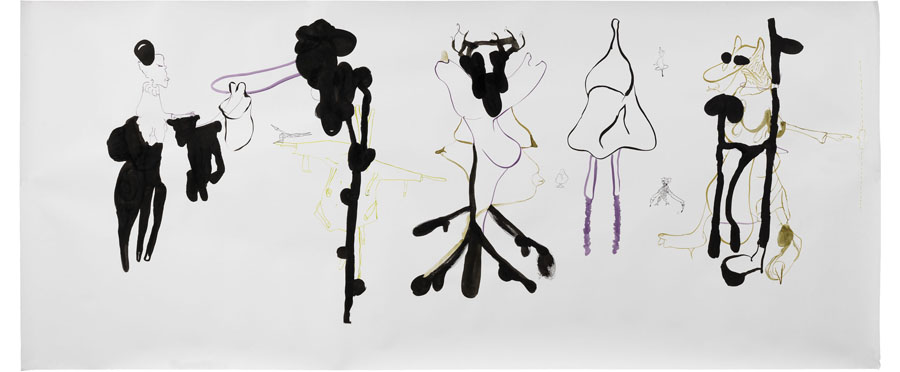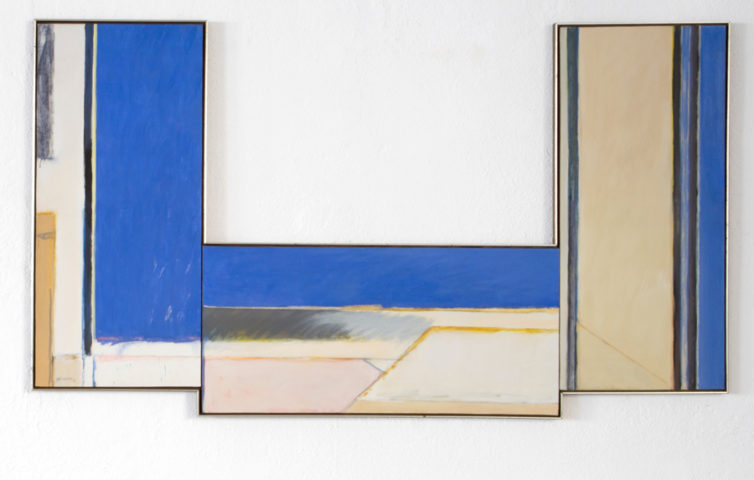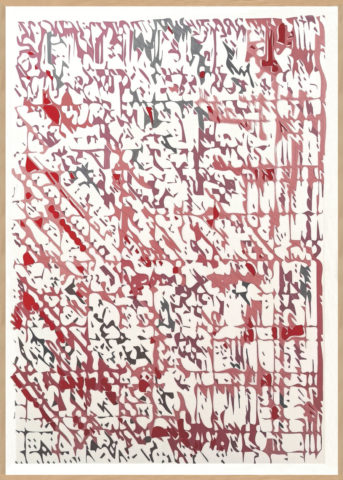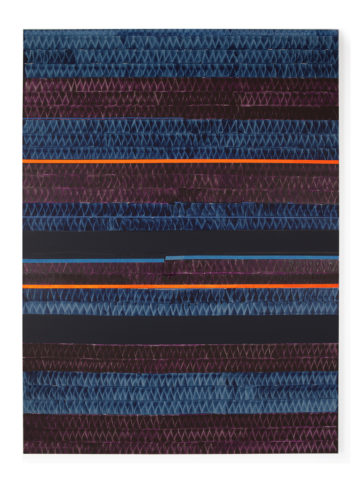FONTETA – Bombon · Joan Prats · NoguerasBlanchard
Capítol I: Parar la fresca (To take in fresh air)
Opening: 18th-19th of June. Exhibition until 3rd of August
c/ Empordà, 10, Fonteta, Girona
June and September: Friday to Sunday, 5-9pm
July and August: Monday to Sunday, 5-9pm
or by appointment: (+34) 644 524 969
We’re delighted to present a joint project by Bombon, Galeria Joan Prats and NoguerasBlanchard, from June to September, in Fonteta, a small village in the Emporda region.
The exhibition, conceived in two chapters (the first opening June 19th and the second August 7th) brings together artists from three different generations. The proposal begins with a concept from the Emporda Parar la fresca (to take in fresh air) described by Josep Pla in the book “Las Horas”.
Parar la fresca, as Pla states, is the summer habit of taking a chair out into the street, or up onto a rooftop as the sun begins to fall and simply letting time pass. Parar la fresca has modest intentions, to ignore the heavens, to be blissfully unaware of what the sky offers us whilst sounds flow from the sunset and the summer heat. As Pla argues, there is nothing more pleasurable or kind than falling asleep in the fresh twilight. But what if one does not fall sleep easily?
Taking this question as a point of departure, works have been selected by artists addressing topics such as nature, landscape, time, contemplation, and the universe. They have been divided into two moments: Parar la fresca and Estar a la lluna. Two chapters of the same exhibition with artists such as Antoni Tàpies, Ana Mendieta, Joan Brossa, Hernández Pijuan, Rosa Tharrats, Perejaume, Teresa Solar, Jordi Mitjà, Aldo Urbano, Chema Madoz, Mari Eastman, Enric Farrés Duran, Wilfredo Prieto o Juan Uslé… amongst others. In addition, specific actions will be carried out by some of the artists linked to the Emporda.
In Pla’s words, “The vast sky dome, they say, invites us to think. That is true. But think about what?” The renowned Emporda author concludes that “people who have a sense of ridicule think, before the heavens, that they know nothing at all.”
